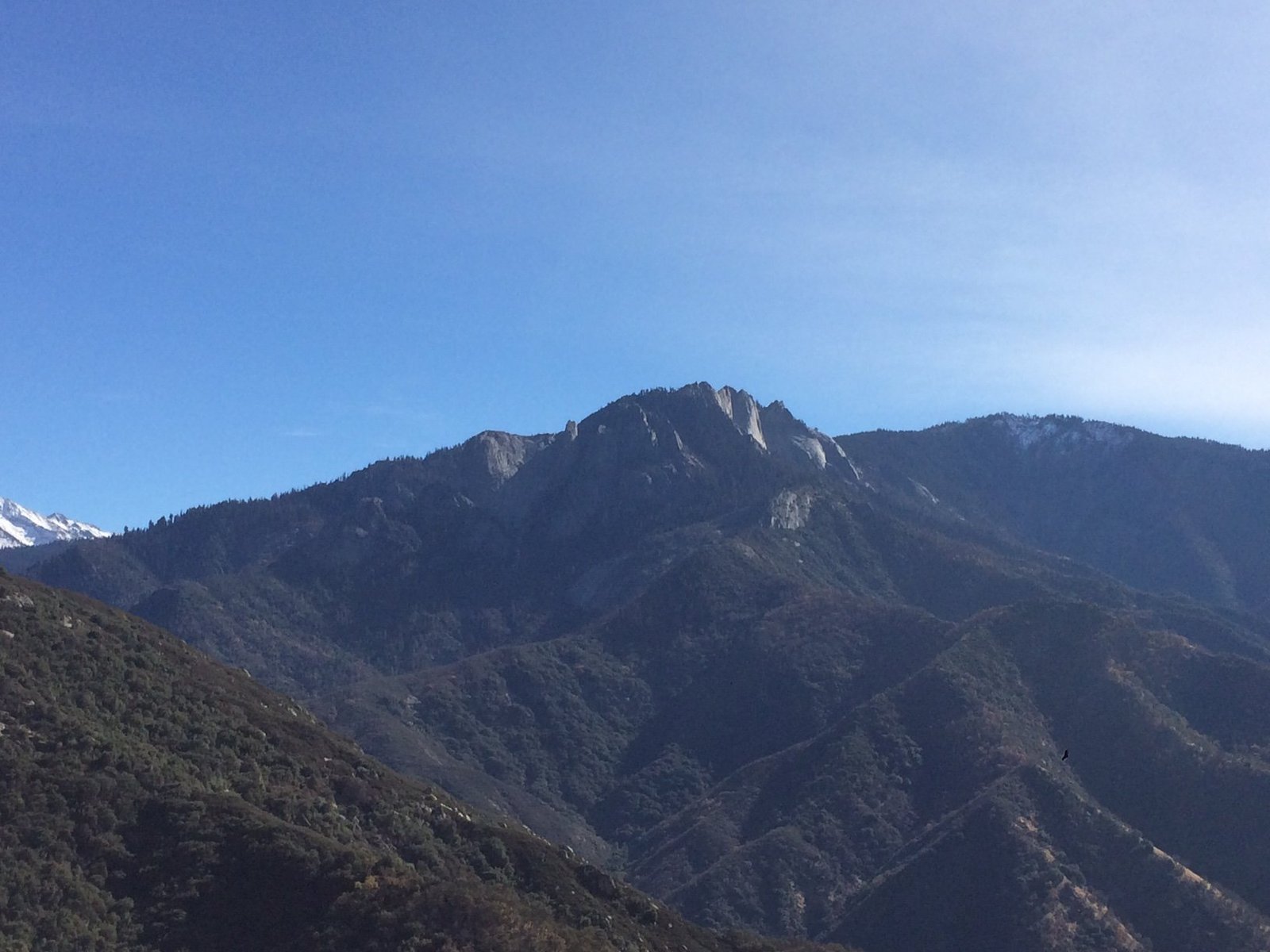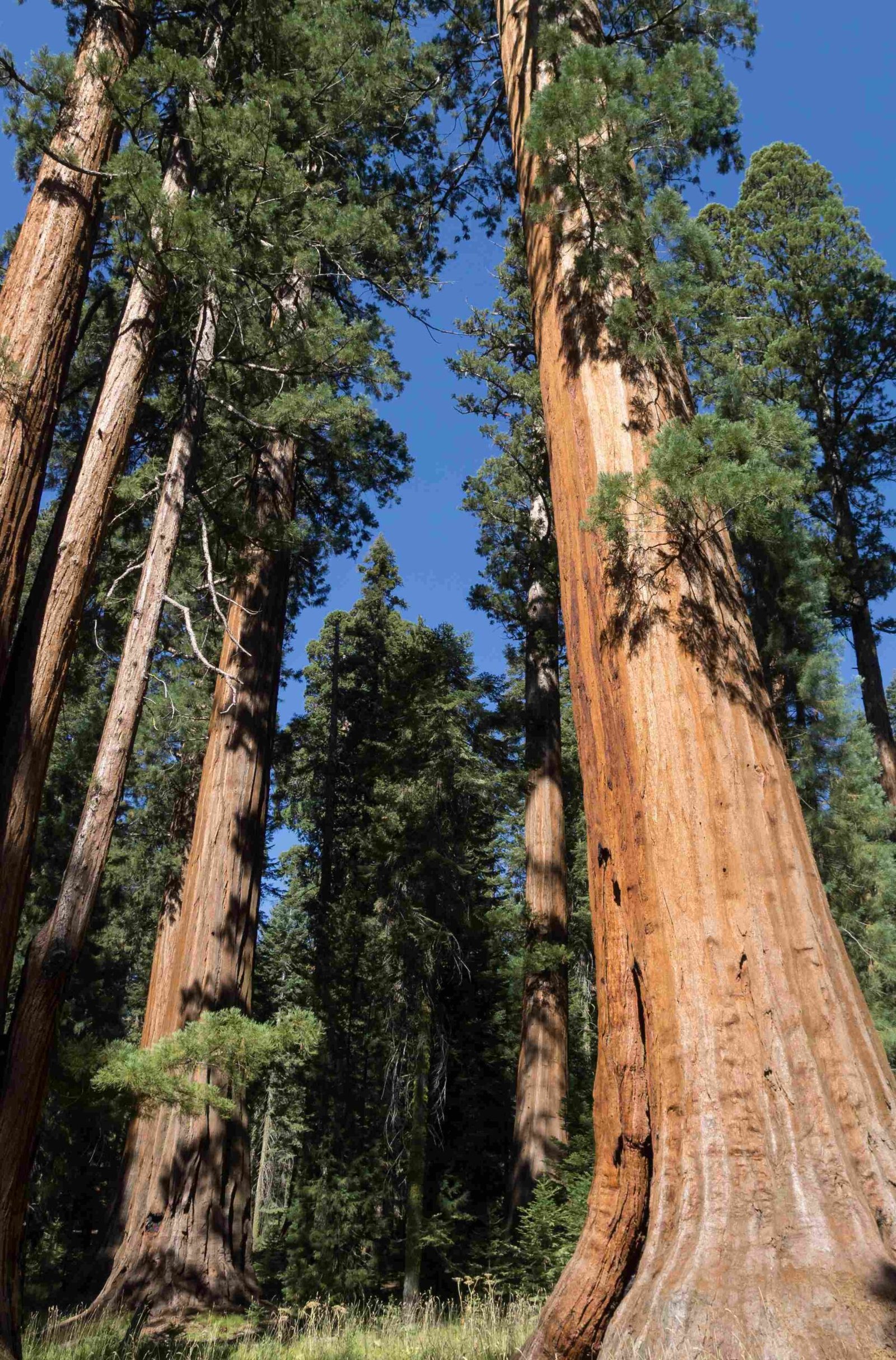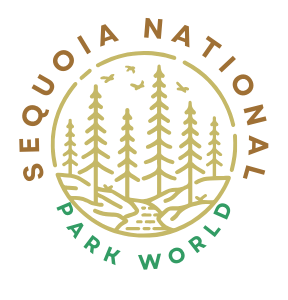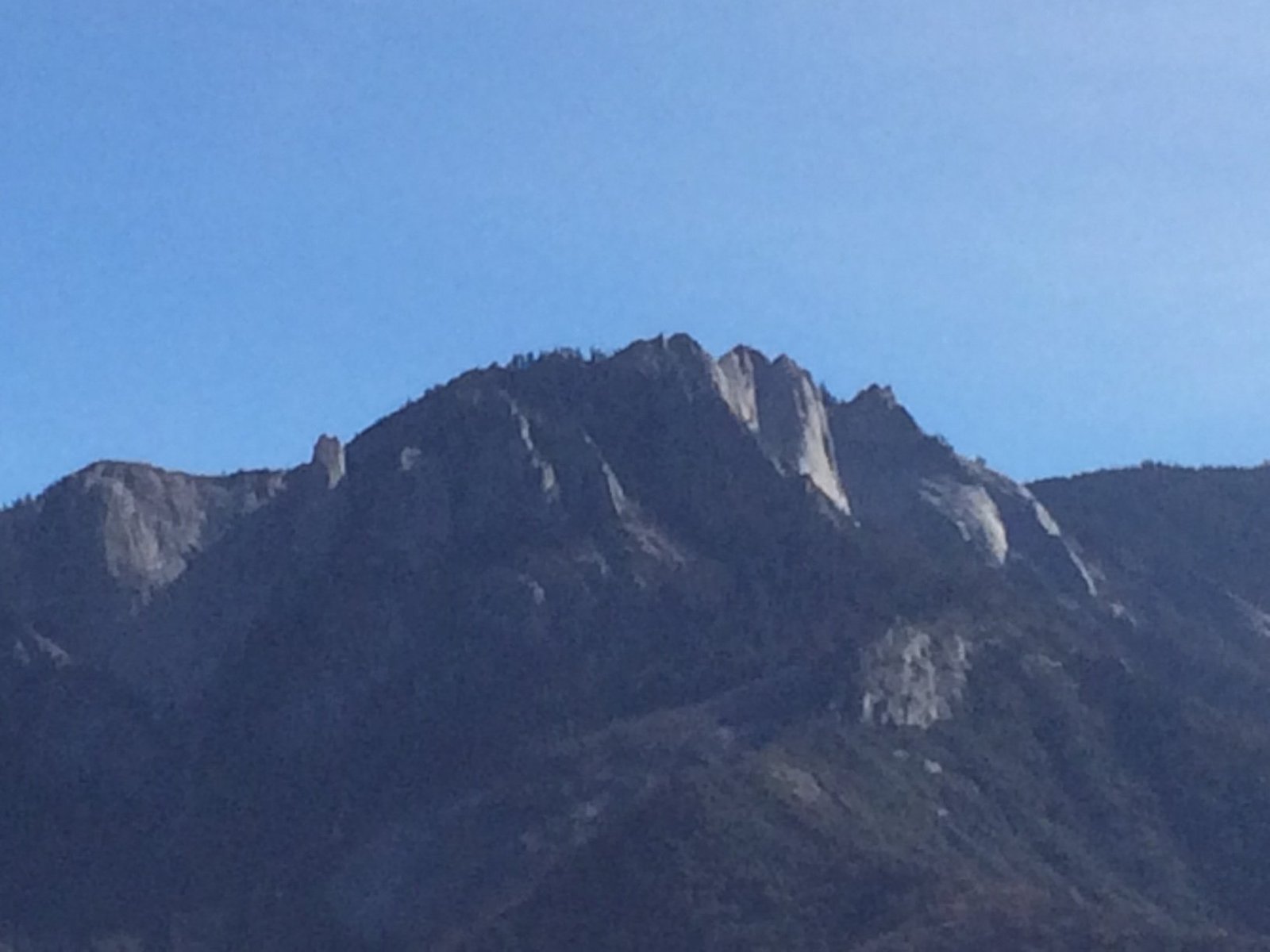Sequoia National Park, renowned for its towering ancient trees, offers an equally awe-inspiring experience after dark. The park’s high elevation and minimal light pollution create ideal conditions for stargazing, making it a prime destination for astronomy enthusiasts and night sky photographers. Visitors can witness the Milky Way stretching across the sky, observe countless stars, and even spot planets and constellations. With various viewpoints and guided programs available, Sequoia National Park provides a unique opportunity to connect with the cosmos amidst the grandeur of nature.
Where Are the Best Spots to View the Starry Night in Sequoia National Park?

Sequoia National Park offers several exceptional locations for stargazing:
- Moro Rock
- Elevation: Nearly 7,000 feet above sea level
- Trail length: Approximately 1/4 mile
-
Accessibility: Not wheelchair accessible due to stairs and uneven terrain
-
Wuksachi Lodge Area
- Used for the \”Wonders of the Night Sky\” program
-
Accessibility: Wheelchair accessible with assisted listening devices available
-
General Grant Grove and Cedar Grove Areas
- Located in Kings Canyon National Park (adjacent to Sequoia)
- Offer dark skies and varied accessibility options
What Equipment Should I Bring for Stargazing?

To enhance your stargazing experience, consider bringing the following:
- Red flashlight or headlamp (to preserve night vision)
- Binoculars or telescope
- Warm clothing (temperatures can drop significantly at night)
- Camera with manual settings for night photography
- Tripod for stable long-exposure shots
- Star chart or astronomy app for constellation identification
When Is the Best Time to See Stars in Sequoia National Park?
The optimal conditions for stargazing in Sequoia National Park are:
- Clear nights with minimal cloud cover
- Summer and fall seasons when the Milky Way is most visible
- New moon phases or nights with minimal moonlight
- After your eyes have adjusted to the darkness (usually 20-30 minutes)
Avoid full moon nights as they can wash out the visibility of fainter stars and the Milky Way.
Are There Guided Stargazing Programs Available?
Yes, Sequoia National Park offers several guided programs for stargazing enthusiasts:
- Wonders of the Night Sky Program
- Type: Naked-eye astronomy program
- Cost: $10 – $15 per person
- Registration: Required for all participants, including infants
-
Dates and times vary by month
-
2024 Dark Sky Festival
- Dates: September 6–8, 2024
- Features: Stargazing opportunities, family activities, and various events
- Cost and registration details to be announced
These programs provide expert guidance and insights into the night sky, enhancing your stargazing experience.
What Facilities Are Available for Night Sky Photographers?
Night sky photographers will find several amenities to support their activities:
| Facility | Availability |
|---|---|
| Parking | Available near Wuksachi Lodge and designated viewpoints |
| Restrooms | Located at Wuksachi Lodge and other visitor facilities |
| Accommodations | Various options inside the park, including Wuksachi Lodge |
| Dining | Range from lodge dining to café counter service |
It’s important to follow park guidelines and be aware of any parking restrictions or regulations.
How Can I Prepare for a Night of Stargazing in Sequoia National Park?
To make the most of your stargazing experience:
- Check the weather forecast for clear skies
- Arrive before sunset to familiarize yourself with the area in daylight
- Allow time for your eyes to adjust to the darkness
- Dress in layers as temperatures can drop significantly at night
- Bring snacks and water, especially for extended viewing sessions
- Consider joining a guided program for expert insights and safety
- Respect the park’s rules on light and noise pollution
What Unique Celestial Features Can I See from Sequoia National Park?
Sequoia National Park’s dark skies reveal a wealth of celestial wonders:
- The Milky Way galaxy stretching across the sky
- Numerous constellations, including Orion, Ursa Major, and Cassiopeia
- Planets such as Jupiter, Saturn, and Mars (depending on the time of year)
- Meteor showers during peak seasons (e.g., Perseids in August)
- Occasional sightings of the International Space Station
The park’s high elevation and clear air contribute to exceptional visibility of these celestial objects.
How Does Sequoia National Park Protect Its Dark Sky Environment?
Sequoia National Park is committed to preserving its dark sky environment through several initiatives:
- Implementing lighting policies to reduce light pollution
- Educating visitors about the importance of dark skies
- Hosting events like the Dark Sky Festival to raise awareness
- Collaborating with local communities to promote dark sky-friendly practices
- Monitoring and documenting night sky quality
These efforts ensure that future generations can continue to enjoy the park’s spectacular starry nights.
What Photography Tips Can Enhance My Starry Night Captures in Sequoia National Park?
To capture stunning starry night photos in Sequoia National Park:
- Use a sturdy tripod to prevent camera shake during long exposures
- Set your camera to manual mode for full control over settings
- Use a wide-angle lens to capture more of the night sky
- Start with these settings as a baseline:
- ISO: 1600-3200
- Aperture: f/2.8 or the widest available
- Shutter speed: 15-30 seconds
- Experiment with foreground elements like trees or rock formations
- Try light painting techniques to illuminate foreground subjects
- Use the 500 rule (500 divided by your lens focal length) to determine maximum exposure time before star trails appear
Remember to respect the park’s rules and other visitors’ experiences when using photography equipment at night.
By following these guidelines and exploring the various viewpoints, you’ll be well-prepared to experience the breathtaking starry nights of Sequoia National Park. Whether you’re an amateur astronomer, a photography enthusiast, or simply someone who appreciates natural beauty, the park’s dark skies offer an unforgettable celestial spectacle.
References:
1. https://sequoiaparksconservancy.org/adventure/wonders-of-the-night-sky/
2. https://www.visitsequoia.com/activities-events/special-events/
3. https://www.nps.gov/subjects/nightskies/stargaze.htm

